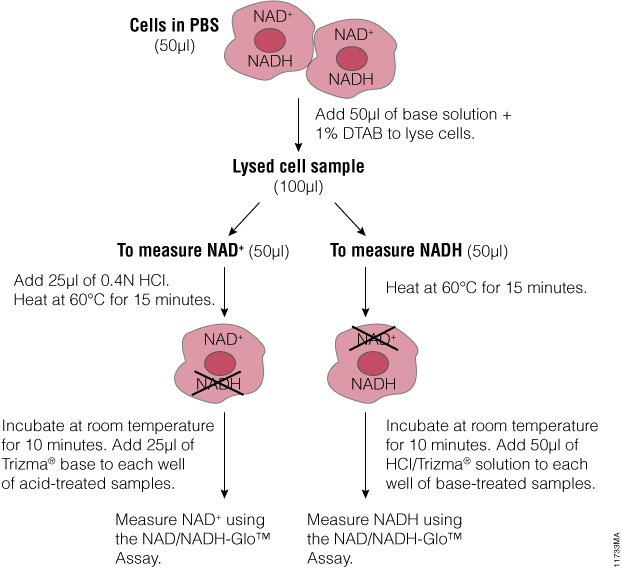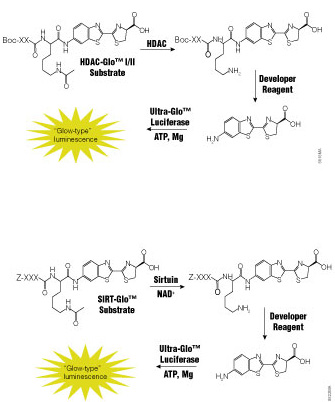NAD is a pyridine nucleotide. It provides the oxidation and reduction power for generation of ATP by mitochondria. For many years it was believed that the primary function of NAD/NADH in cells was to harness and transfer energy from glucose, fatty and amino acids through pathways like glycolysis, beta-oxidation and the citric acid cycle.

However NAD also is recognized as an important cell signaling molecule and substrate. The many regulatory pathways now known to use NAD+ in signaling include multiple aspects of cellular homeostasis, energy metabolism, lifespan regulation, apoptosis, DNA repair and telomere maintenance.
This resurrection of NAD importance is due in no small part to the discovery of NAD-using enzymes, especially the sirtuins.
Continue reading “NAD: A Renaissance Molecule and its Role in Cell Health”
